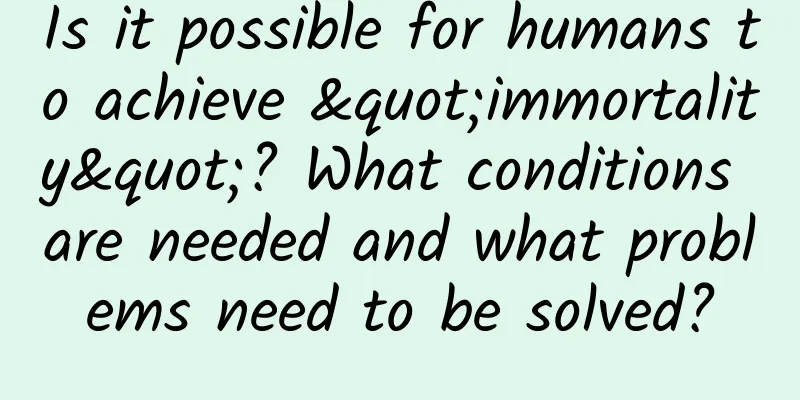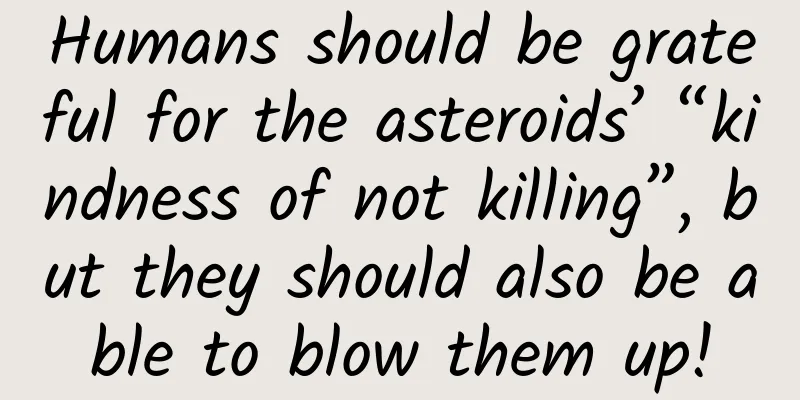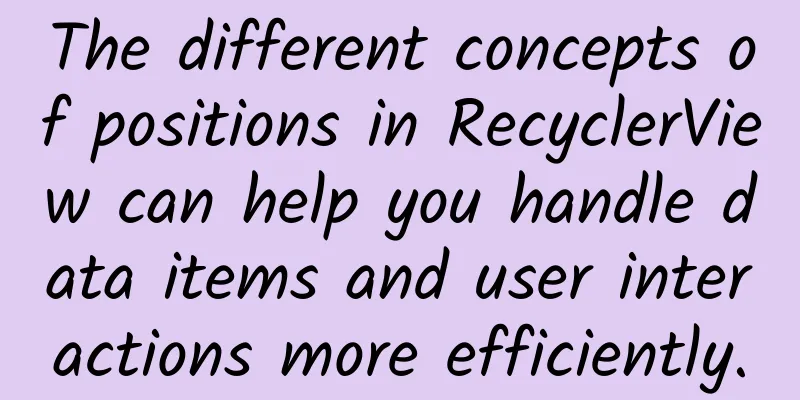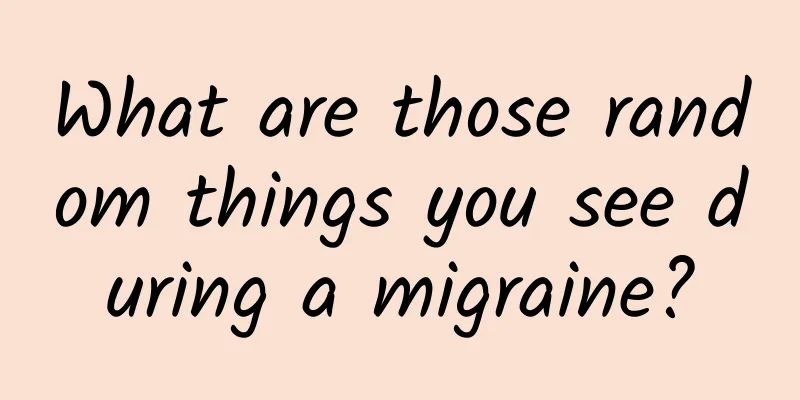This article will teach you how to read cat expressions! No more fear of being scratched!
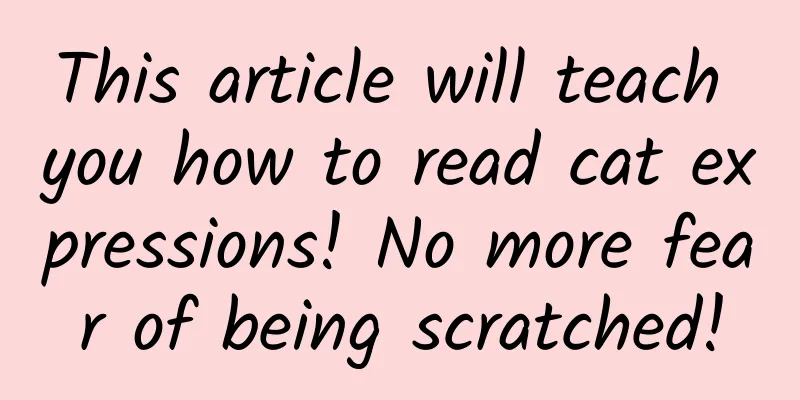
|
"Ouch! Come over here and look at this!" Whenever I hear my roommate say this, I know that this person must have seen someone's kitten again. "So cute!" the roommate said excitedly, with love almost bursting from his eyes. I can totally appreciate what’s endearing about cats. Big eyes, little noses, and round, furry faces—together, according to the zoologist Konrad Lorenz, these features make them a cuter, more adorable version of a human baby, something that makes one want to take care of them.[1] However, no matter how easily the protective desire triggered by "cuteness" can cross species, the objective differences between humans and cats will not automatically disappear. For example, when it comes to expressing emotions with facial expressions, humans and cats have completely different habits. In other words, you may misunderstand a lot of cat expressions. Among them, the meaning conveyed by the facial expressions of purebred cats is more likely to be misunderstood, and the pain it suffers is more likely to be ignored. The cat's expression ≠ your mood In 2019, Georgia Mason, a behavioral biologist at the University of Guelph in Canada, conducted a survey of Internet users around the world[2]. Her team collected 40 cat videos in which cats showed either positive or negative emotions, such as being rewarded with cat treats (positive) or about to run away (negative). Mason and his colleagues cropped the video so that only the cat's face could be seen, removed the sound, and then asked netizens to judge the cat's emotional state in the video. The result was that among more than 6,300 answer sheets from 85 countries around the world, people's average correct rate was 12 out of 20 questions. In other words, it was only slightly better than guessing. This finding is not surprising. After all, cats don’t rely on facial expressions to convey emotion as much as humans do. The most recent common ancestor of domestic cats was a solitary, territorial animal that was more active at night, which made it less useful to have rich, obvious facial expressions. In the wild, where there is a risk of predation, if you are uncomfortable or in pain, it is easier to avoid being noticed by predators by keeping a blank face than by showing any emotion. Humans who live in groups are very different. Our survival depends on frequent communication with other individuals, and facial expressions have evolved to be an effective way to convey emotions, thoughts, and mental states. Once we can't see the other person's face when communicating, we may misjudge the other person's attitude because we lack the feeling of facial expressions. Therefore, when communicating with cats, many people unconsciously apply their understanding of human facial expressions to cats' facial expressions. Jackson Galaxy, host of the show "Disciplining Cats," compares this tendency to "looking at cats through dog-colored glasses," expecting cats to communicate with humans in a way that humans can immediately understand. Such expectations are of course wishful thinking, but they also explain why many people think cats are always mysterious. The good news is that Mason's study also found a small number of good "cat readers": 13% of the participants were able to answer more than 15 of the 20 video questions correctly (if you want to try it yourself, you can click the link at the end of the article to read the original text to enter the mini version of the test). This suggests that cats' faces do say something, and some people can really tell. In general, young women with veterinary experience seem to be more likely to pick up on the subtle emotional signals on cats' faces. But what exactly are these signals? Biologists have begun to identify and describe them using a variety of study systems, but so far, scientific interest in cat facial expressions has been nascent and has mostly focused on one specific state: pain. The little face of the cat, Can it reflect pain? There is no doubt that pain affects the quality of life of cats. However, since cats will not tell people when they are in pain, cat owners and veterinarians can only assess whether a cat is in pain and the extent of its pain through observation. What to observe becomes the key to the problem. In 2014, researchers in Glasgow, Scotland, based on descriptions from veterinarians, cat breeders, animal rescue workers, and cat owners, developed six categories to observe when assessing acute pain in cats, including vocalization, posture, attention to wounds, response to human calls, response to touch, and overall appearance [3]. As you can see, in the initial version, the cat's facial expression was not included in the list of concerns. Only in recent years have researchers incorporated facial expressions into systems for assessing pain in cats. In 2017, the Glasgow Cat Pain Scale added attention to the cat’s ears and snout in the form of soul painting[4]. I don't know what to say about this style of painting Glasgow Feline Composite Measure Pain Scale: CMPS - Feline It was not until 2019 that Paulo Steagall’s team at the University of Montreal in Canada finally developed and validated the “Feline Grimace Scale” that assesses the pain state of cats based solely on facial expressions [5]. By comparing the differences in cats' facial expressions when they were in no pain, moderate pain, and severe pain, Stegall and his colleagues established five facial features (action units) related to pain, namely the position of the ears, the tension around the eyes, the tension of the snout, the changes in the whiskers, and the position of the head relative to the shoulder line. So far, humans have made some progress in the journey of understanding cat faces. This time the painting style is much simpler Swipe left to see more cat facial features changes Feline Grimace Scale To better capture and quantify unilateral changes in cats’ faces under painful conditions, Lauren Finka of Nottingham Trent University in the UK used geometric morphometrics to compare facial changes in cats before and after surgery. She and her collaborators identified several facial features associated with pain in cats, including ears that are rotated outward and flattened, nose pressed down, mouth pursed, eyes narrowed, etc., which are mostly consistent with the grimace scale. In addition, cats in pain tend to have their right ear turned more outward and their noses turned slightly to the left.[6] The picture shows a mirror image of a cat's face. The blue arrows show the direction and magnitude of changes in facial features as the cat's pain level increases | Finka et al. (2019) As the saying goes, "knowing but not doing is just not knowing." After putting these knowledge points into our heads, my roommate and I turned our attention to the cat lying on the dressing table. After observing it for a while, on the one hand, I felt relieved, but on the other hand, I was secretly worried: If it really hurts one day, will I be able to see it immediately? "What are you doing?" Round face of cat breed Looks more painful In fact, the researchers wondered whether interpreting the facial expressions of brachycepahlic cat breeds, such as Persians and Exotics, might be more difficult than interpreting the facial expressions of mixed-breed domestic cats. After selective breeding, brachycephalic cats have exaggerated facial features - they have flat faces, short mouths, large eyes, shallow eye sockets, and narrow airways, which are quite different from the typical "cat" face. Perhaps in order to reduce bias, both Stegall's grimace scale and Finka's morphometric tools excluded brachycephalic cat breeds from the sampling range when they were formulated. "It is unclear whether pain-related action units are the same in brachycephalic cats as in mesocephalous and dolichocephalic cats," Stegall and colleagues wrote in their paper on the grimace scale. brachycepahlic, short-headed; Mesocephalic, mesocephalic; dolichocephalic, long-headed. However, as purebred cats become more and more popular in the pet market, assessing the condition of these cats will eventually become a daily issue for cat owners and veterinarians. In order to clarify this issue as soon as possible, Finka once again brought out her geometric morphometric tools. This time, her research team analyzed nearly 2,000 cat faces of three head shapes and different breeds before and after surgery [7]. The researchers constructed geometric wireframe models of 19 cat breeds, including short-headed (first row), long-headed (second row), and medium-headed (third row). The three in the upper right corner are really easy to recognize. | Finka et al. (2020) The results showed that even the brachycephalic cats, who were thought to be in a pain-free state, still showed more "pain-like" expressions. The Scottish Fold cats' expressions when they were in a pain-free state looked even more painful than the mixed shorthair cats when they were in a pain-free state. what does that mean? Finka believes that the changes in the facial features of brachycephalic cats may affect their communication with humans through expressions. On the one hand, their owners may pay too much attention to them because they feel that they are "wrong". On the other hand, when "looking painful" becomes the default state, people may ignore their facial clues when they are really in pain. Therefore, given the subtlety of cats' facial expressions, it may be more difficult to accurately discern the expressions of brachycephalic cats, and we should be more careful. "For these cats, it may be more appropriate to understand their feelings from their behavior or body language rather than their facial expressions," Finka suggested in a blog post introducing the study. As a researcher of cat-human relationships, Finka has also drawn a more intriguing conclusion from her research: Perhaps the traits that humans like in animals are not just those that look like human cubs, but also those that appear vulnerable or even in pain. These characteristics may just exacerbate the communication difficulties that some domestic cats already have with their owners. But there is not much that domestic cats can do. They have already tolerated the presence of people in their territory, provided companionship when people need it, and endured the health risks brought by the traits that people like - becoming less "cat-like" cats. On the issue of "emotion recognition", let us two-legged animals take the initiative to take this step, spend a little more time and effort to learn and understand the expressions and needs of domestic cats, so that they can get the happiness they deserve. References [1]Borgi M, Cirulli F. Pet face: Mechanisms underlying human-animal relationships. Frontiers in psychology. 2016;7:298. [2]Dawson L, Niel L, Cheal J, Mason G. Humans can identify cats' affective states from subtle facial expressions. 2019. [3]Calvo G, Holden E, Reid J, Scott EM, Firth A, Bell A, et al. Development of a behavior-based measurement tool with defined intervention level for assessing acute pain in cats. Journal of Small Animal Practice. 2014;55(12):622-9. [4]Reid J, Scott E, Calvo G, Nolan A. Definitive Glasgow acute pain scale for cats: validation and intervention level. Veterinary Record. 2017;180(18):449-. [5]Evangelista MC, Watanabe R, Leung VS, Monteiro BP, O'Toole E, Pang DS, et al. Facial expressions of pain in cats: the development and validation of a Feline Grimace Scale. Scientific reports. 2019;9(1):1-11. [6]Finka LR, Luna SP, Brondani JT, Tzimiropoulos Y, McDonagh J, Farnworth MJ, et al. Geometric morphometrics for the study of facial expressions in non-human animals, using the domestic cat as an exemplar. Scientific reports. 2019;9(1):1-12. [7]Finka LR, Luna SP, Mills DS, Farnworth MJ. The Application of Geometric Morphometrics to Explore Potential Impacts of Anthropocentric Selection on Animals' Ability to Communicate via the Face: The Domestic Cat as a Case Study. Frontiers in Veterinary Science. 2020;7:1070. Author: Calo Editor: Cloud, You Shiyou |
Recommend
How to operate during the product stable period
A reader asked how he could make a breakthrough a...
How to Become a Great JavaScript Programmer
[[138028]] When I was a teenager, my interests sp...
It invades fishing grounds on a large scale and preys on shellfish. What is this "killer"?
Review expert: Ancient Mingdi Lian (He Lin) Zhihu...
From Objective-C to Swift: Some Thoughts and Opinions
In this post I want to talk to you about my recen...
iPhone is also affected. Why can’t fingerprint recognition be performed on sweaty hands?
Fingerprints have become almost synonymous with b...
High-conversion information flow account building routine, just use it directly!
Recently, a friend left a message to complain: Th...
A train loaded with "Class 1" carcinogenic chemicals derailed. What impacts will the vinyl chloride leak have?
It is reported that on February 3rd local time, a...
Autonomous driving may have nothing to do with artificial intelligence for a long time
People in the Internet industry like to talk abou...
Interview with Zhang Xinlei, community manager of Surround the Nervous Cat: The secret to the success of HTML5 games
[[121181]] On July 22, 2014, a game called Surrou...
Mr. Krabs "Mid-length Video Self-media Training Course"
The course comes from Mr. Krabs’s medium-length vi...
The "king of acting" in the animal world: the destructive tree-boring pest that "dies" with just one touch - the Yanggan elephant
Among the many types of wood in the world, the mo...
Terrible! Improper drying of clothes may cause health problems? You must know these facts!
This article was reviewed by Li Jiangtao, Associa...
Revealed: Zero cost, zero threshold, earn 500+ a day, everyone can do the Xianyu proxy project
Revealed: Zero cost, zero threshold, earn 500+ a ...
China Association of Automobile Manufacturers: Economic Operation Data of Automobile Industry in February 2020
In February 2020, affected by the COVID-19 epidem...
How to improve your user operation system? Here are 4 ways
We can think of the user operation system as a bi...



